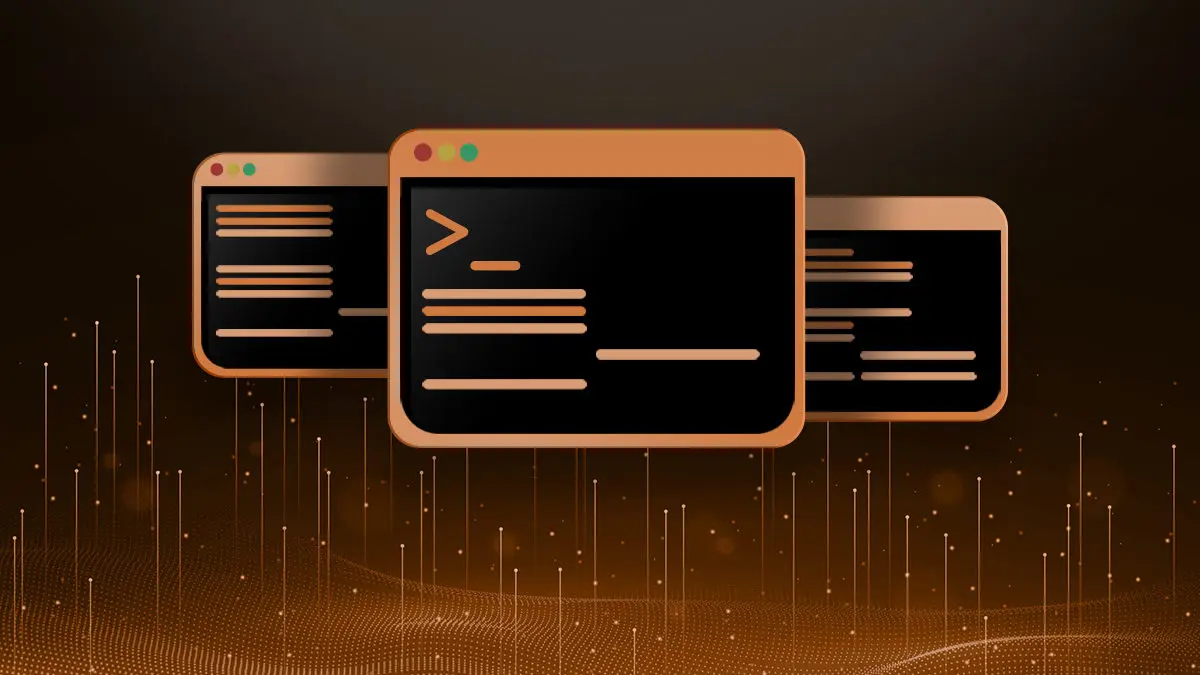In this Linux quick tip we will discuss installing the EPEL (Extra Packages for Enterprise Linux) repository on CentOS and Red Hat.
Before we dive in, I think it’s important to understand the relationship between Fedora, CentOS and Red Hat Enterprise Linux (RHEL).
Skip directly to install instructions
Fedora, Red Hat, CentOS… What’s the Difference?
Fodora is a cutting edge Linux distribution that has a quick release schedule. It usually has a major release every 6 months. It is highly focused on features, functionality and providing the newest packages available. Red Hat runs the The Fedora Project, but is mostly community driven.
Red Hat is an enterprise level distribution based on Fedora that is focused on stability. The RHEL release cycle is much longer than Fedora because their customers depend on a reliable operating system. They often back-port security patches to facilitate a high level of stability. It is a commercial product and as such it has licensing costs.
CentOS is based off of Red Hat Enterprise Linux, but is community-driven. For all intents and purposes, it can be thought of as Red Hat without the licensing costs.
What is the EPEL Repository
EPEL (Extra Packages for Enterprise Linux) is exactly what it’s name implies. It is a set of additional packages that would not normally be available on Enterprise Linux. These are usually based on Fedora packages and are designed to never conflict with, or replace packages in the base RHEL repositories.
For example, if you were running a CentOS 7 workstation and wanted to install “KeepassX”, you can download and install from source. The drawback of this is when an update is available, you will not receive the update. You will have to update or reinstall from source to get the new version. The other option is to install the EPEL repository and install from the package manager. When the package is updated in the repository, you will receive it on the next update run.
How to Install EPEL on CentOS 7 / Red Hat 7
CentOS makes it easy to install the EPEL repo by using yum.
sudo yum install epel-releaseYou can also install it directly from Fedora Project downloads.
sudo yum install https://dl.fedoraproject.org/pub/epel/epel-release-latest-7.noarch.rpmHow to Install EPEL on CentOS 8 / Red Hat 8
Red Hat does not include the epel-release package in it’s base repositories. You can easily install from Fedora downloads like so:
sudo dnf install https://dl.fedoraproject.org/pub/epel/epel-release-latest-8.noarch.rpmNOTE: The version number at the end of the package name reflects the version of OS you are installing it on.
Conclusion
In this article we discussed the differences between Fedora, CentOs and Red Hat. We also have a brief overview of what EPEL is and how to install it on your system. You should now be comfortable installing the EPEL repo on CentOS and Red Hat.
As always, if you have any questions or concerns we would love to hear from you in the comments below.
Resources and Link for Further Reading
Join Our Newsletter
Categories
- Bash Scripting (17)
- Basic Commands (51)
- Featured (7)
- Just for Fun (5)
- Linux Quick Tips (98)
- Linux Tutorials (65)
- Miscellaneous (15)
- Network Tools (6)
- Reviews (2)
- Security (32)
- Smart Home (1)

